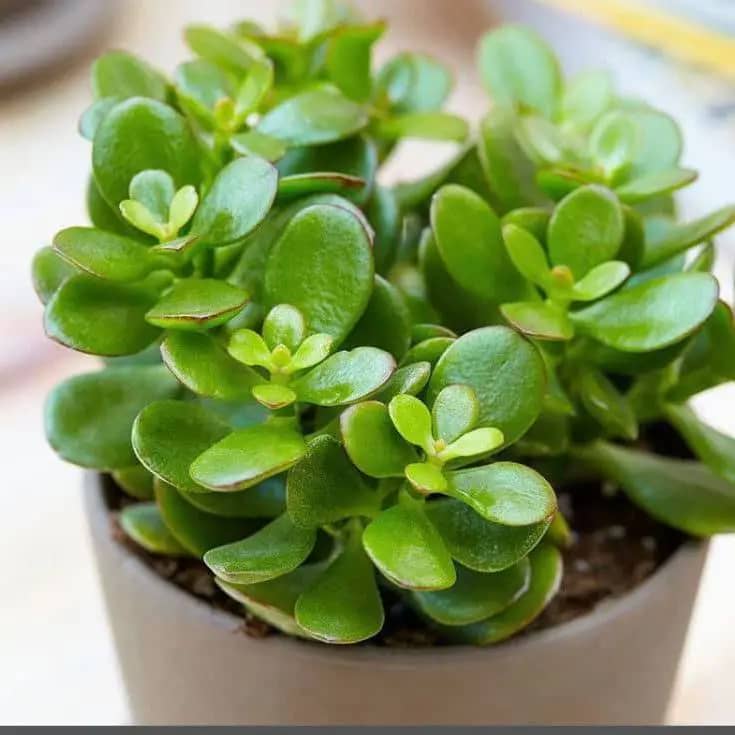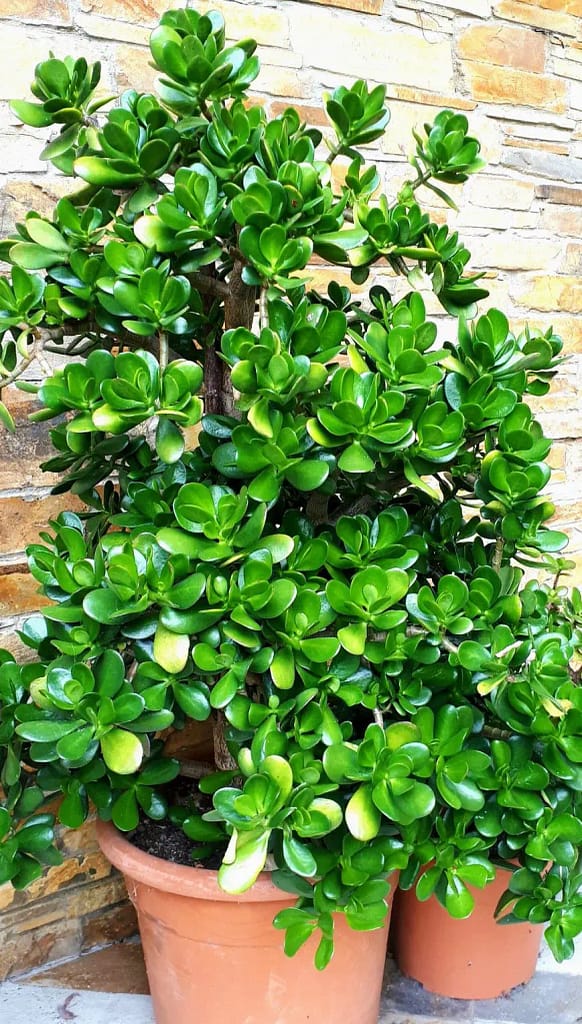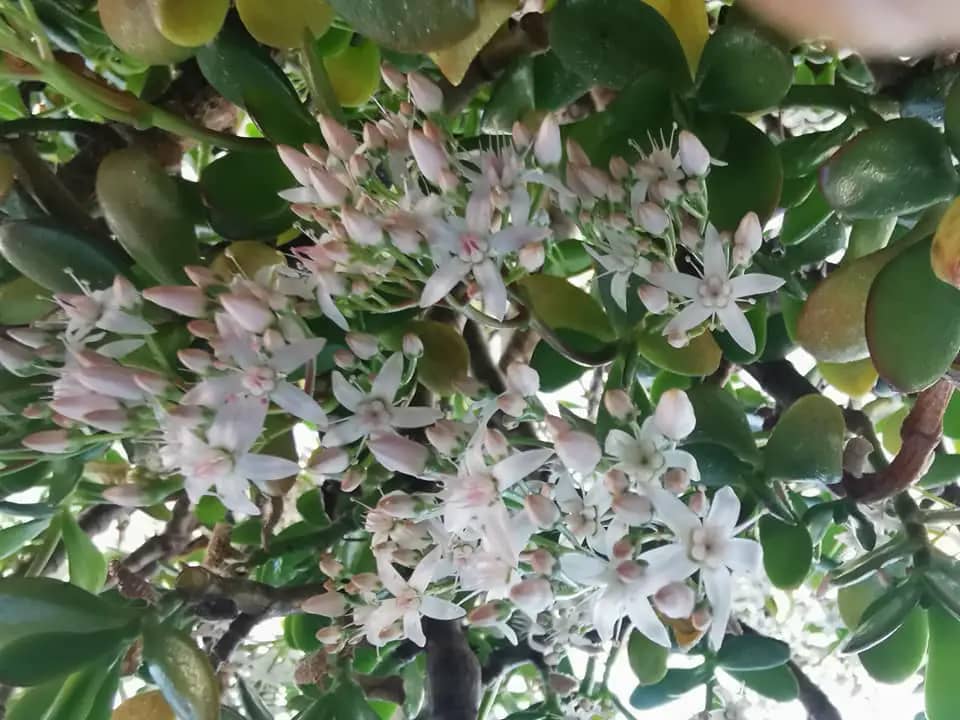The Crassula ovata, also known as the jade plant, has long been a popular houseplant across the world. In its native South African environment, the small jade tree grows up to three meters in height, and its robust and resilient nature has made it a symbol of good luck and prosperity in many cultures.
A small succulent, the jade plant is admired for its scalpel-like foliage and ability to store water in its fleshy leaves. Its glossy, rounded, bright green leaves create a beautiful rosette pattern on the plant’s stems, while its small white or pink flowers appear only rarely – adding a kaleidoscopic burst of colour to its dense foliage.

Tips for nurturing your Crassula ovata
Light
Jade plants prefer bright, indirect light but can tolerate some shade. While it can cope with shade, more indirect light helps the jade plant bloom and reach its maximum potential. Too much direct sunlight can damage its foliage, so the best spot for your jade plant is in south- or west-facing windows.
Temperature
Most Jade plants thrive in sub-Saharan Africa’s warm, sunny climates, with temperatures rarely falling below ten °C (50°F). Growing it in lower temperatures can stunt the plant’s growth and lead to death. The ideal temperature for jade plants is between 18 – 22˚C (65-71˚F).
Soil Type and Drainage
Very well-draining soils are necessary for jade plants; otherwise, they may develop root rot or fungal diseases. Look for soil mixtures specifically created for succulents or use a combination of potting soil and sand.
Humidity
The jade plant prefers a dry climate with a relative humidity of below 50%. Higher humidity can cause leaf spots and a decrease in leaf growth.

Watering
In the summer, jade needs weekly watering but should be allowed to remain dryer in winter. Make sure to allow the soil to dry out between waterings, as consistently soggy soil can cause root rot.
Toxicity
Jade plants are mildly toxic when ingested and are best kept away from cats, dogs, and children if possible.
Fertiliser
During its growing season, jade plants can benefit from a balanced liquid fertiliser diluted to half the manufacturer’s recommendation. Avoid feeding your plant after August.
Troubleshooting Pests, Diseases, and Common Problems
Jade plants can be vulnerable to mealybugs, aphids and scale. In the case of infestation, use a blend of neem oil and liquid soap to eradicate the pests. Brown spots or lesions on the leaves are caused by too much sun and should be treated by improving the light in the area where the plant is growing.
Propagation
Jade leaves can be used for propagation. Cut a healthy, unblemished leaf from the jade plant and plant it in succulent soil. Keep the leaf damp until a new plant seems to be forming and it can be transplanted into its own individual pot.

Final Thoughts
The Crassula ovata is a beautiful and hardy plant, suitable for gardening beginners and experienced plant lovers alike. If you’re ready to nurture and care for a beautiful piece of nature, the jade plant is ready to give your home an attractive splash of green.
